Elevation Gain: 2600'
5 miles RT
Left car: 11:15 am
Summit: 7:30 pm
Back at car: 10:00 pm
11 hours car to car
Steve and I planned a big climbing weekend. We didn't finalize our objectives until a few days before the weekend. The first leg would be an attempt on the Southwest Rib of South Early Winter Spire. Our plan was to climb South Early on Saturday, and then head to Cascade Pass to climb Forbidden on Sunday/Monday.
We had a casual start from Seattle on Saturday and arrived at the Blue Lake trail head in the late morning. Temps were cool, and it was a bit cloudy. We made awesome time to the base where we ate lunch and started to gear up. (And Steve took a "bathroom break".) There was a party on route ahead of us and they were a few pitches up. We hung our remaining gear in the tree, and headed up the direct start. [Using the description from
Weekend Rock.]
Steve led off on the first pitch which was a loose and not easily protected corner. He went a little off route at one point (he called it the 5.10 variation) and was finally at the belay. I followed and found the pitch a struggle, and mostly unenjoyable. The off route variation took me some time to complete as I couldn't manage the moves Steve did and did an even different variation. This off route issue on the first pitch burned a lot of time for us, (Steve thought over and hour) but we weren't too concerned.
I led off on the next pitch which was short and if we didn't go off route on the first pitch, probably could have been combined with it. This short pitch was a moderate crack that brought you up to the next belay just below a major flake that is the following pitch. We changed over leads and Steve was on his way.
This crack is wider and has an interesting design to it with a large edge as its left side. The crack was fairly steep, and Steve headed up it straddling the flake with one leg on the face and one in the crack. There was much grunting. (Not as much as from the woman who was ahead of us-I think she was actually crying at one point.) Steve made his way up and commented about the amount of blood on the rock. He combined the pitch with the following pitch and started to bring me up. I climbed the crack with both feet in for the initial part, and then about 1/3 of the way up I used the flake for feet as my feet were killing me from jamming them in the crack. The last third of the pitch you come out and lie back the final portion. Exciting to go from the relative security of the crack out on to the face. The second pitch of this link up was a wide crack in a slab.

Top of the fourth pitch (photo by Steve Machuga)
It was my turn to lead the next pitch which was a slab pitch. It starts out by going around a corner and then up a nice slab with some exposure. The book description said somewhat runout, but it was oddly only runout for the crux, which in the book was stated as being "an exciting step to the right." It was a fun pitch and I set a gear belay at the base of the bear hug cracks and brought Steve up.

Rounding the corner to gain the slab (photo by Steve Machuga)
Since I had told Steve at the base that I wanted to lead the bear hug cracks, he let me lead this next pitch as well. This was a super enjoyable pitch where you head up a short crack that brings you to a small ledge at the bottom of wide double cracks. They took a touch of effort to get on, but once on them, I found the climbing easy. What was not particularly easy was protecting them. We had brought a #5 Camalot just for this pitch (although we used it on 2-3 other pitches as well.) The bear hug cracks were too wide for the #4 and so I had to move the #5 up with me at least once. Just above the cracks I was able to get in a #4 and then proceeded up a ramp to the next belay, where I brought Steve up.

Bear Hug Cracks (Photo by Steve Machuga)
Steve led out on the next bit and then we started simul-climbing. (This was roughly pitches seven and eight.) He belayed me up to just below the bunny ears, and then I led a short bit to the rap anchor at the bunny ears. We rapped off the scary (freestanding block) anchor into the notch. Then Steve led the final pitch up to the summit area. It was a fun little crack that brought you up to near the summit. Since it was late in the day and clouds seemed to be rolling in, we bypassed the summit block and started our way down the South Arete.

Bottom of pitch 7 (photo by Steve Machuga)
We scrambled most of the the descent until we got to one of the chimneys. We opted to rappel at the rap station there and that is where we were joined by another party who had just topped out on an east face route. One of the guys, Blake, scrambled down to me and set up the next rappel at the next chimney and rapped down. They allowed us to use their rope and I rapped it to find Blake scrambling down to the base. One of his partners came down and said "its only 5.0 right?" and started scrambling the final bit as well. His other partner showed up with another rope and we rappelled to the base. The one partner who started scrambling got a bit sketched and rapped the last bit before Steve could finally rap down.
Once on the ground, we returned to our packs at the base, turned on our headlamps and hiked out.
Overall this was a great climb. Although it was 5.6, the first pitch was no doubt the crux for us. (Were we off route the entire time?) It was loose, not well protected, and strenuous. There were three really enjoyable (dare I say great?) pitches on the route and some other good pitches as well. While clouds threatened all day, they mostly stuck to bothering the nearby peaks like Silver Star and Cutthroat. It was windy and cool on route, but we did have brief moments of sun.
My pics are here.




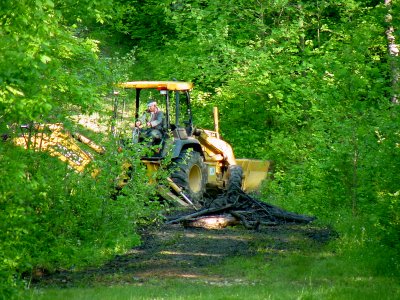
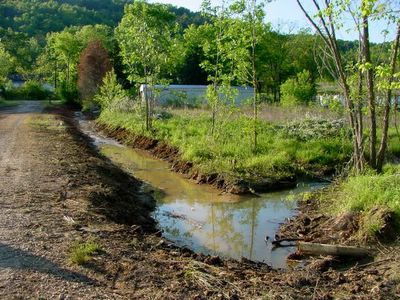





 1945 - -1966
1945 - -1966


 1996 - - ..
1996 - - ..
 Top of the fourth pitch (photo by Steve Machuga)
Top of the fourth pitch (photo by Steve Machuga) Rounding the corner to gain the slab (photo by Steve Machuga)
Rounding the corner to gain the slab (photo by Steve Machuga) Bear Hug Cracks (Photo by Steve Machuga)
Bear Hug Cracks (Photo by Steve Machuga) Bottom of pitch 7 (photo by Steve Machuga)
Bottom of pitch 7 (photo by Steve Machuga)






 This is out on the desert near where I sometimes ride. On this day I walking my Border Collie Tuffee. You can see the Sandia Mountains in the distance. Albuquerque is hiden between us and the mountains down along the Rio Grande valley.
This is out on the desert near where I sometimes ride. On this day I walking my Border Collie Tuffee. You can see the Sandia Mountains in the distance. Albuquerque is hiden between us and the mountains down along the Rio Grande valley.




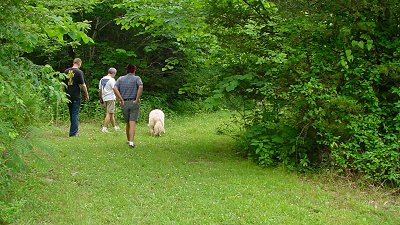
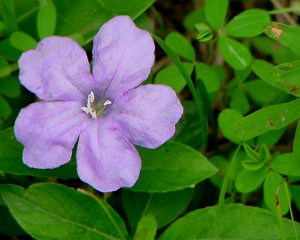
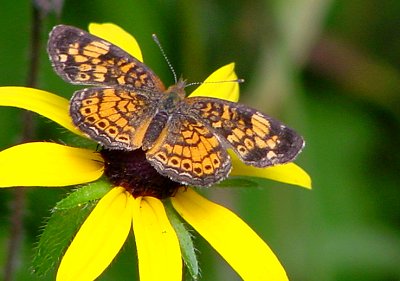
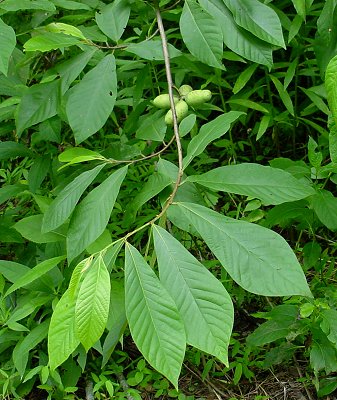

 The tunnel
The tunnel The Tooth, Denny, Snoqualmie Peaks
The Tooth, Denny, Snoqualmie Peaks